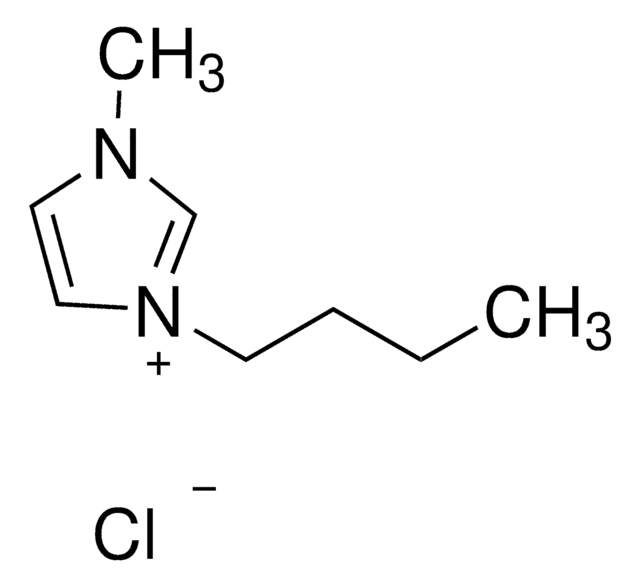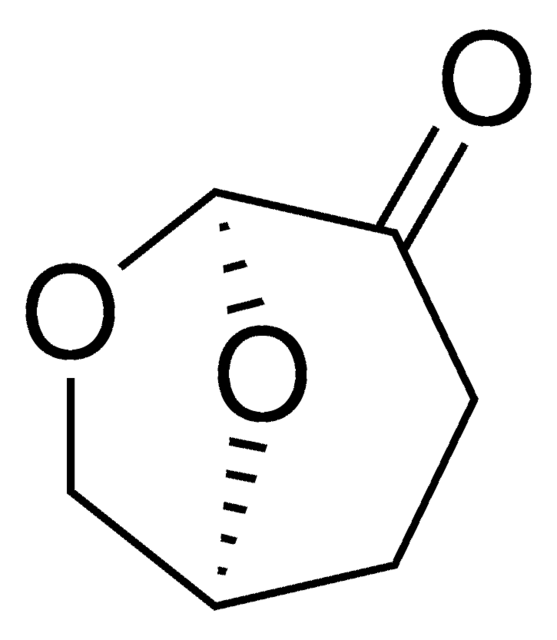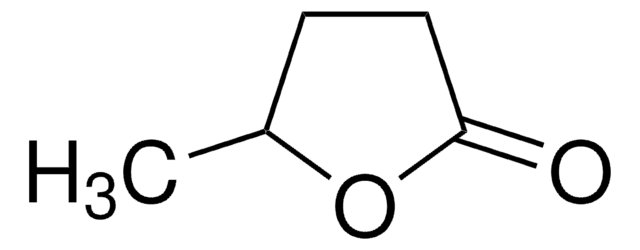Key Documents
901351
1-Butanol
BioRenewable, ACS reagent, ≥99.4%
Synonim(y):
n-Butanol, Butyl alcohol
About This Item
Polecane produkty
klasa czystości
ACS reagent
Poziom jakości
gęstość pary
2.55 (vs air)
Próba
≥99.4%
Postać
liquid
temp. samozapłonu
649 °F
granice wybuchowości
11.2 %
charakterystyka ekologicznej alternatywy
Safer Solvents and Auxiliaries
Use of Renewable Feedstocks
Learn more about the Principles of Green Chemistry.
sustainability
Greener Alternative Product
renewable carbon content
100%
zanieczyszczenia
≤0.0008 meq/g Titr. acid
≤0.01% butyraldehyde
≤0.1% water
≤0.2% butyl ether
pozostałość po odparowaniu
≤0.005%
kolor
APHA: ≤10
współczynnik refrakcji
n20/D 1.399 (lit.)
tw
116-118 °C (lit.)
mp
−90 °C (lit.)
gęstość
0.81 g/mL at 25 °C (lit.)
kategoria ekologicznej alternatywy
, Aligned
ciąg SMILES
CCCCO
InChI
1S/C4H10O/c1-2-3-4-5/h5H,2-4H2,1H3
Klucz InChI
LRHPLDYGYMQRHN-UHFFFAOYSA-N
Szukasz podobnych produktów? Odwiedź Przewodnik dotyczący porównywania produktów
Opis ogólny
This ACS grade 1-Butanol is a drop-in replacement for traditional 1-Butanol applications. Made from 100% renewable carbon (verified through C14 ASTM D6866-16 testing) and produced in an environmentally-friendly way which reduces the carbon footprint of production and reduces reliance on fossil-fuels.
It is also free from many contaminants that are present in petroleum derived 1-Butanol, such as isobutanol and aldehydes.
Zastosowanie
1-Butanol may be used in applications such as:
- Extraction and purification of compounds
- Solvent in chemical synthesis
- Intermediate in polymer synthesis
- Adhesives and sealants formulation
- Coatings
Cechy i korzyści
- ASTM D6866 - Standard Test Methods for Determining the Biobased Content
- Renewable Carbon Content – ≥99.9%
- Made from Renewable Resource
- Replacement for Petroleum-based 1-Butanol
produkt powiązany
Hasło ostrzegawcze
Danger
Zwroty wskazujące rodzaj zagrożenia
Zwroty wskazujące środki ostrożności
Klasyfikacja zagrożeń
Acute Tox. 4 Oral - Eye Dam. 1 - Flam. Liq. 3 - Skin Irrit. 2 - STOT SE 3
Organy docelowe
Central nervous system, Respiratory system
Kod klasy składowania
3 - Flammable liquids
Klasa zagrożenia wodnego (WGK)
WGK 1
Temperatura zapłonu (°F)
95.0 °F - Pensky-Martens closed cup
Temperatura zapłonu (°C)
35 °C - Pensky-Martens closed cup
Wybierz jedną z najnowszych wersji:
Certyfikaty analizy (CoA)
Nie widzisz odpowiedniej wersji?
Jeśli potrzebujesz konkretnej wersji, możesz wyszukać konkretny certyfikat według numeru partii lub serii.
Masz już ten produkt?
Dokumenty związane z niedawno zakupionymi produktami zostały zamieszczone w Bibliotece dokumentów.
Klienci oglądali również te produkty
Powiązane treści
Dlaczego miałbyś wybierać między rozpuszczalnikami, które są ekologiczne, a tymi, które są niezawodne? Korzystaj z obu jednocześnie dzięki naszym bioodnawialnym i bardziej ekologicznym rozwiązaniom. Rozpuszczalnik Cyrene™ to nowa dipolarna aprotyczna alternatywa dla popularnych rozpuszczalników objętych ograniczeniami REACH, takich jak N-metylo-2-pirolidon (NMP) i dimetyloformamid (DMF).
Nasz zespół naukowców ma doświadczenie we wszystkich obszarach badań, w tym w naukach przyrodniczych, materiałoznawstwie, syntezie chemicznej, chromatografii, analityce i wielu innych dziedzinach.
Skontaktuj się z zespołem ds. pomocy technicznej














